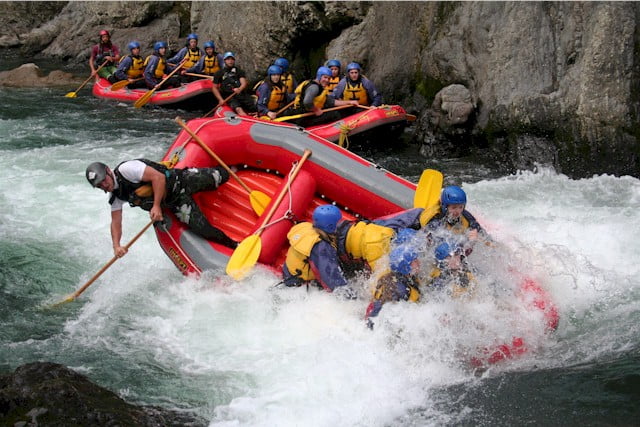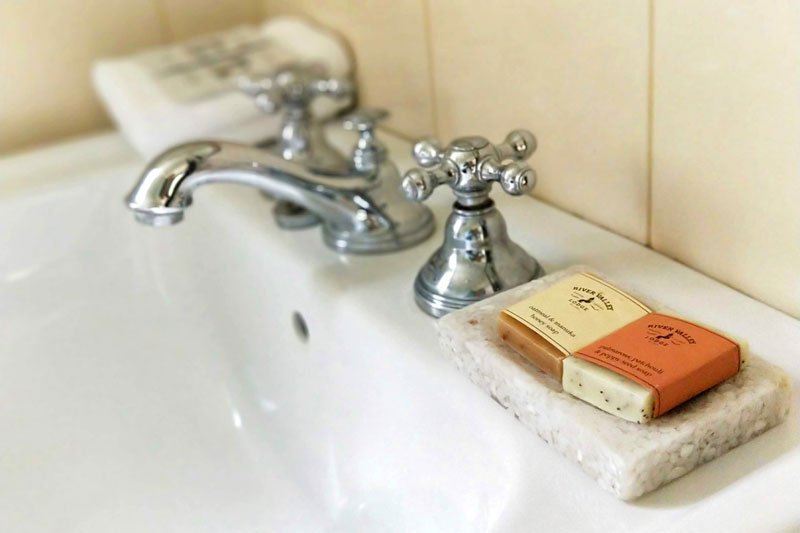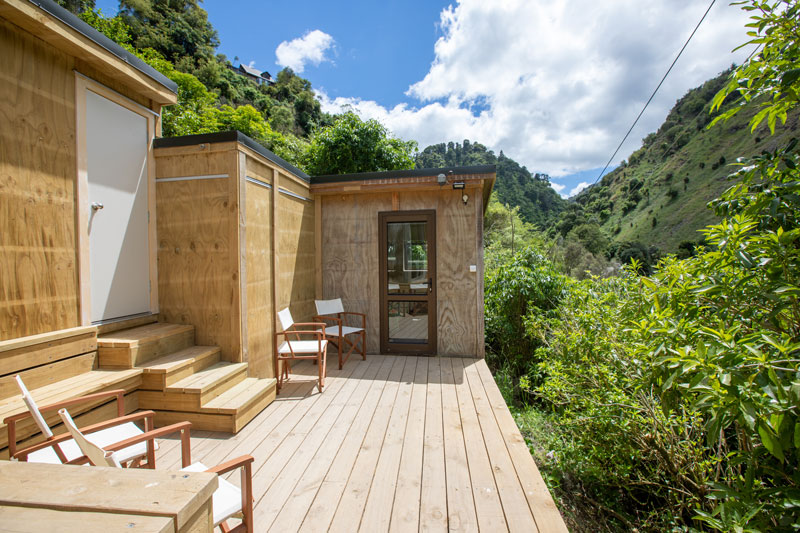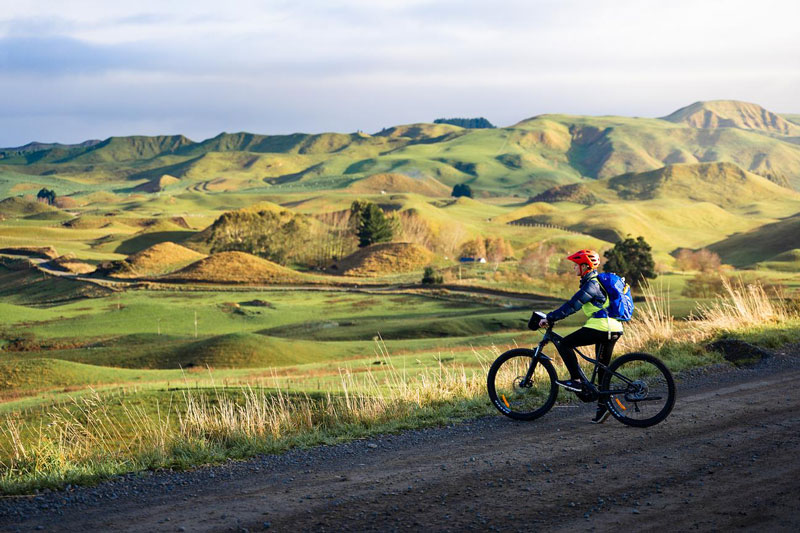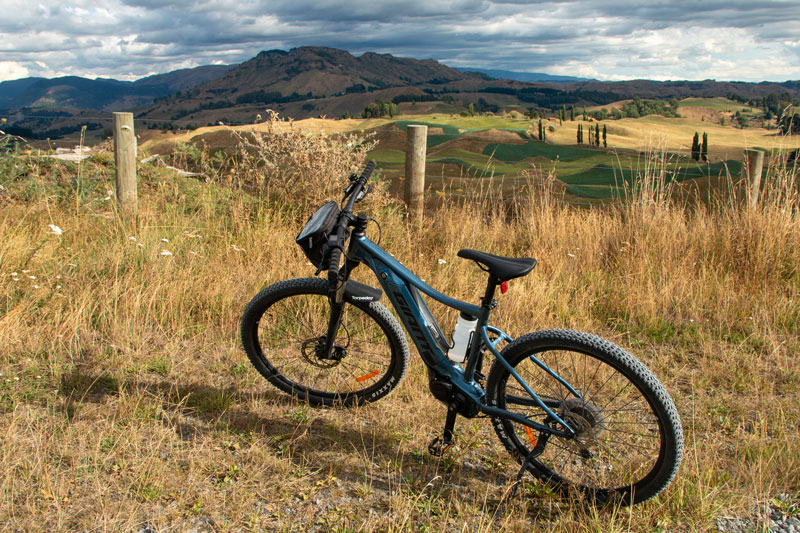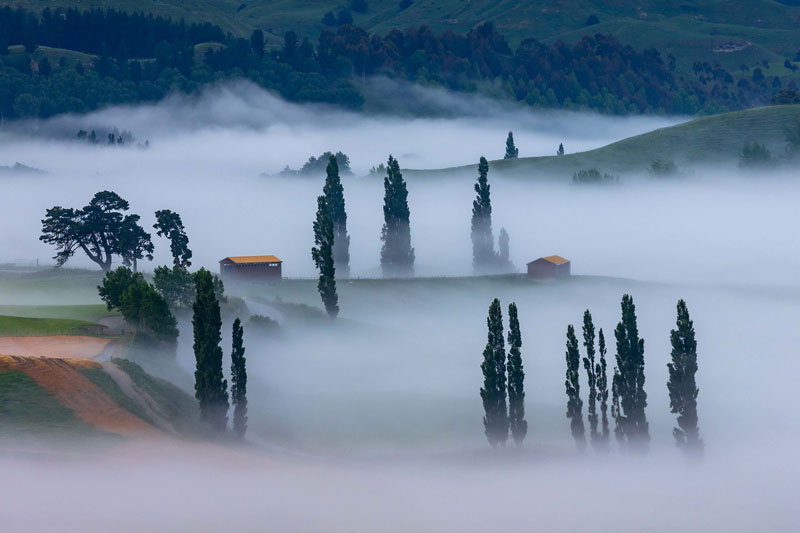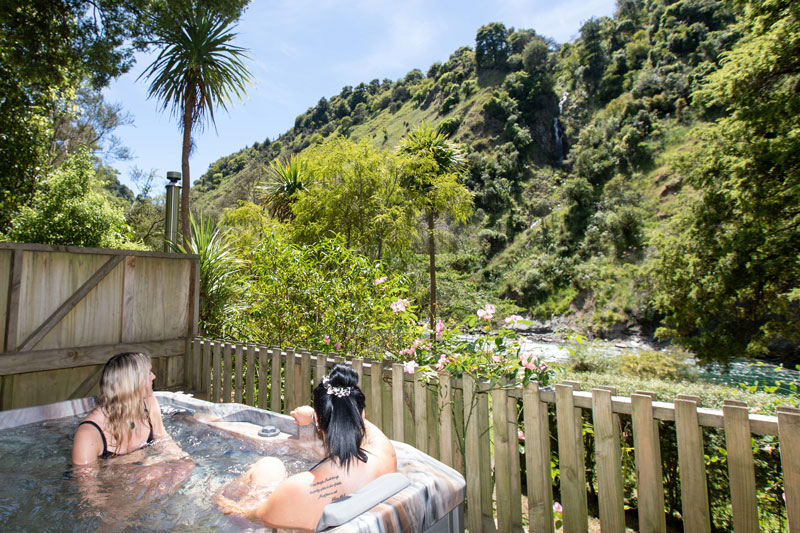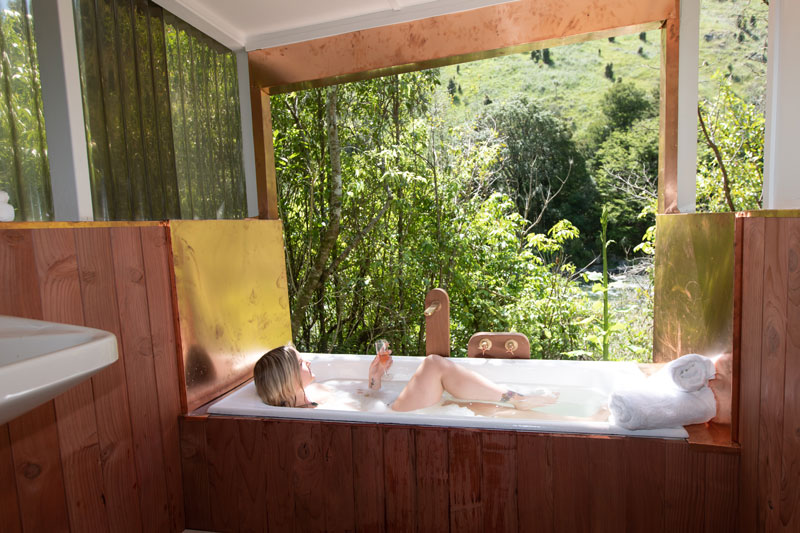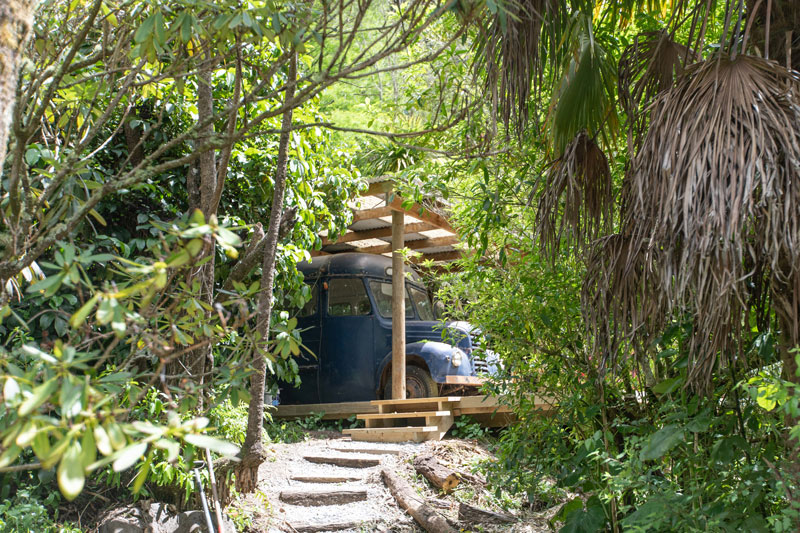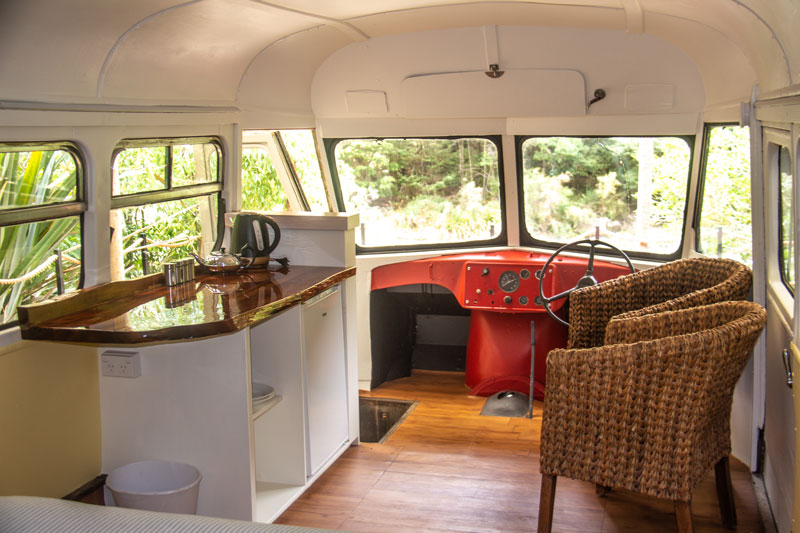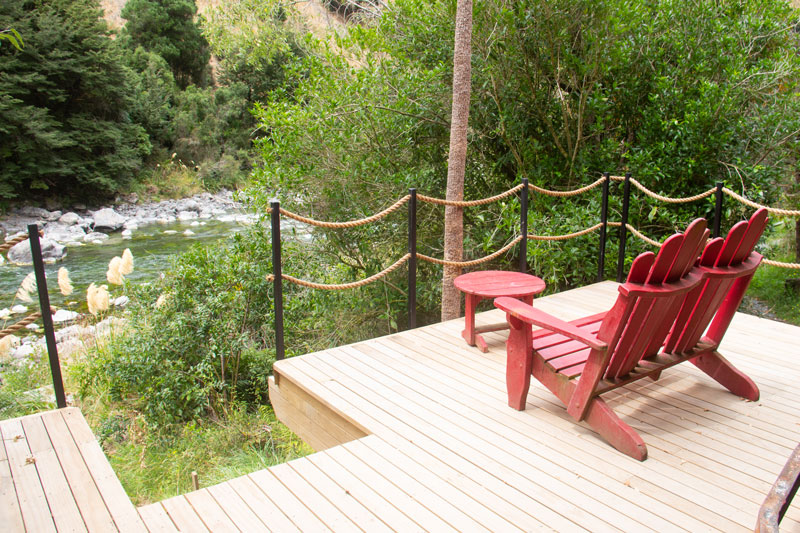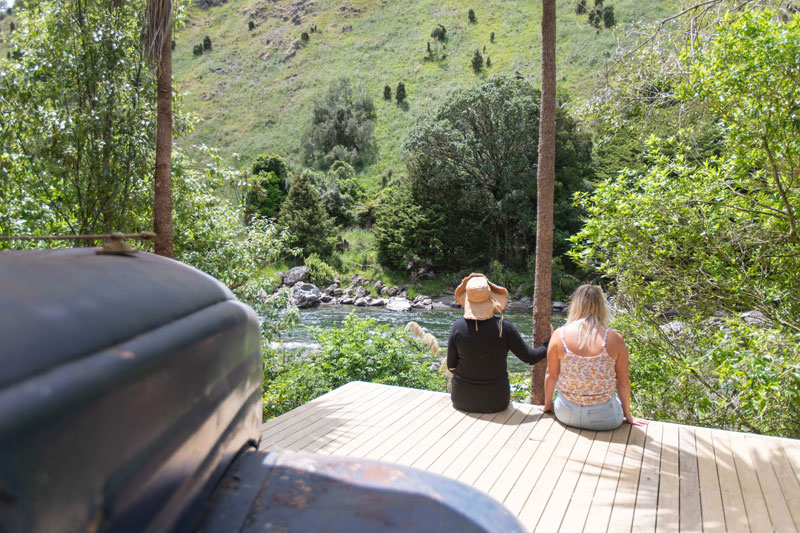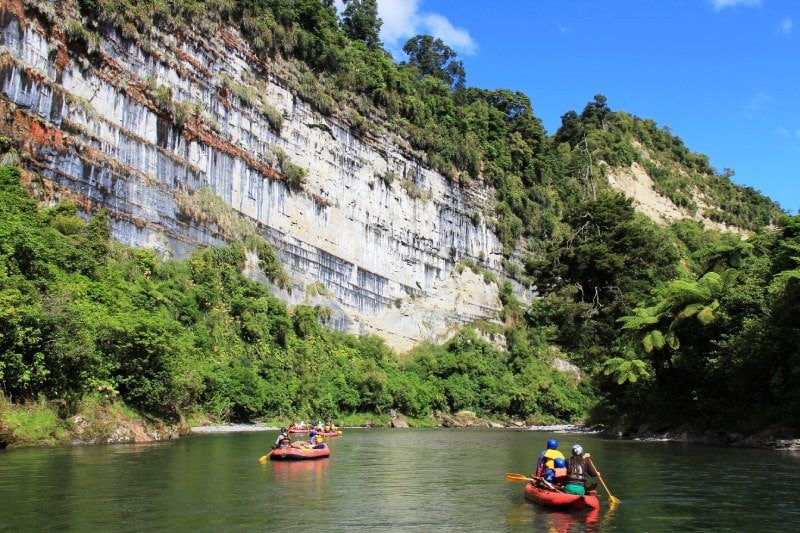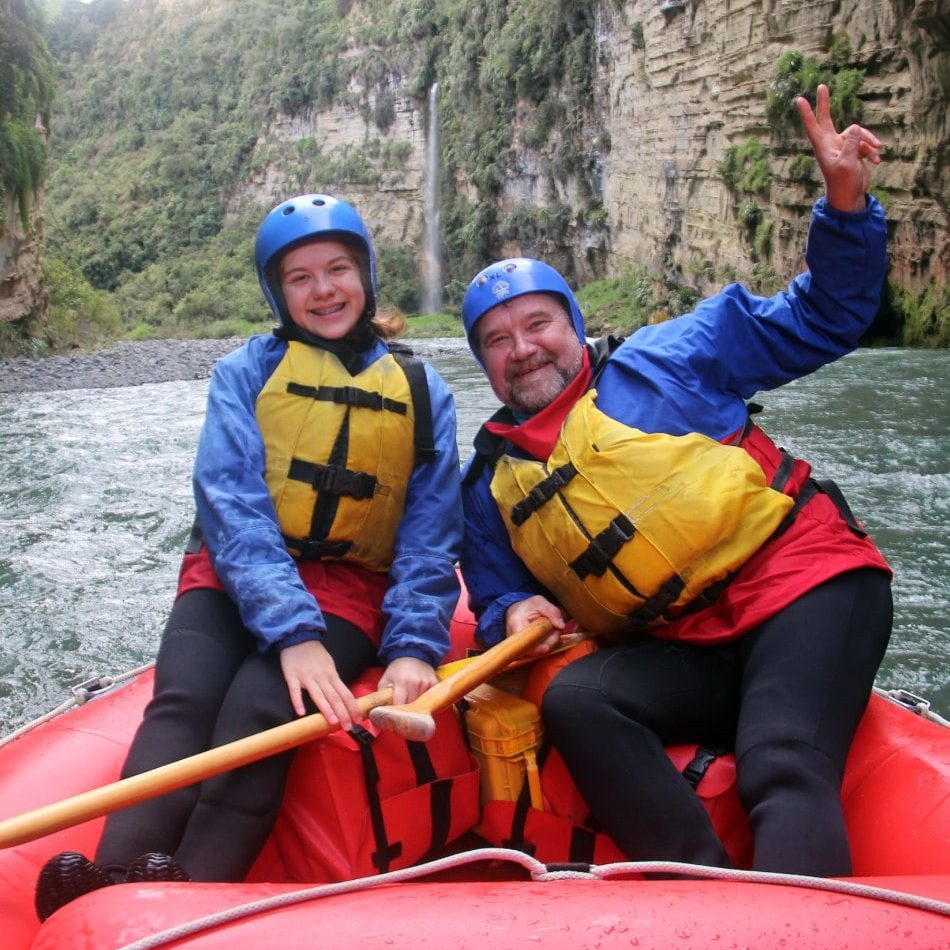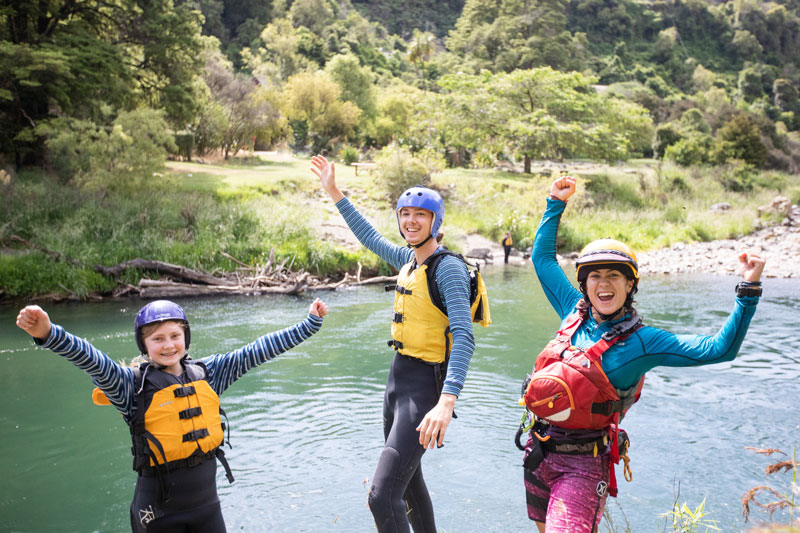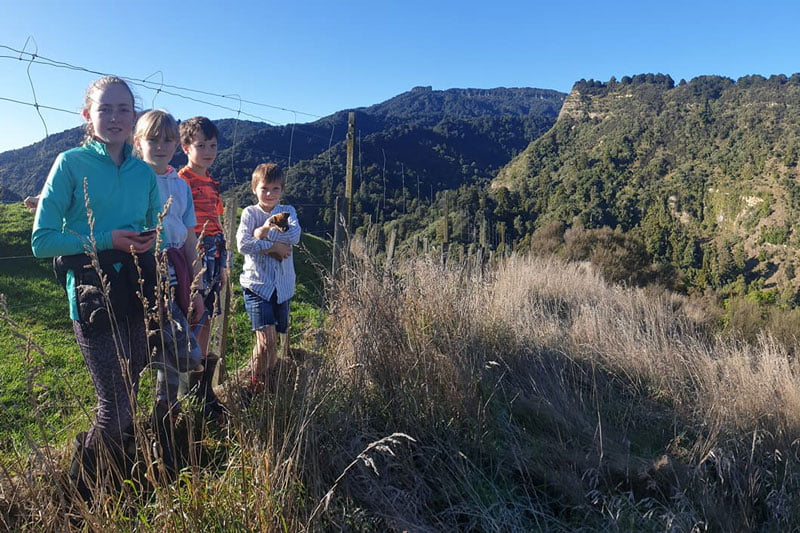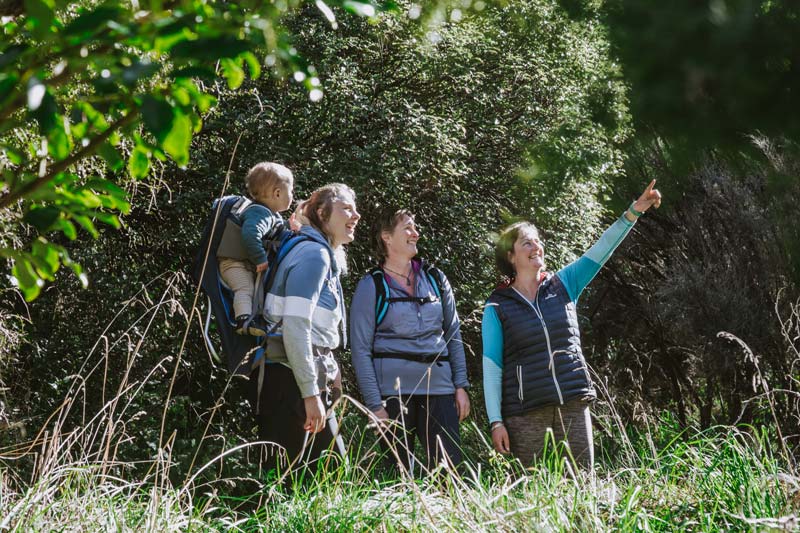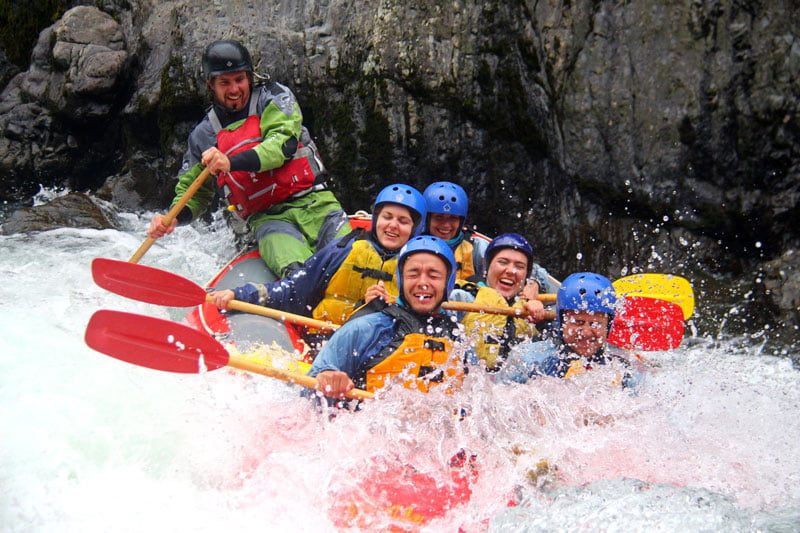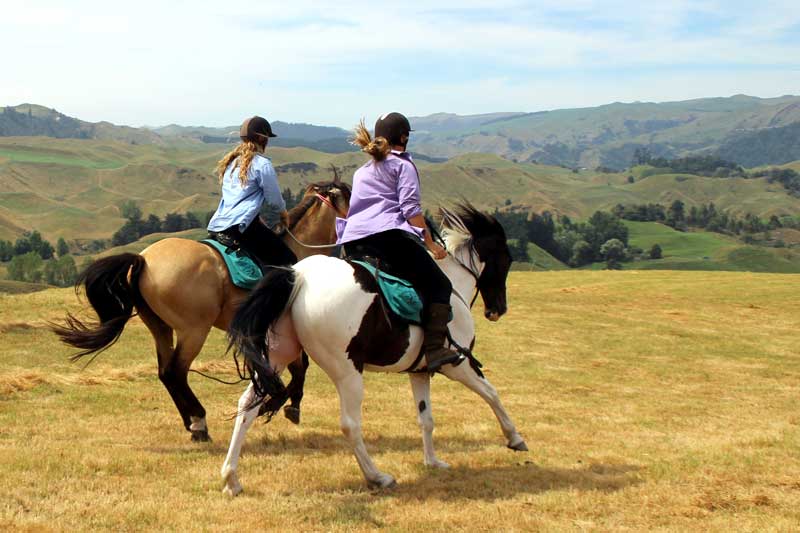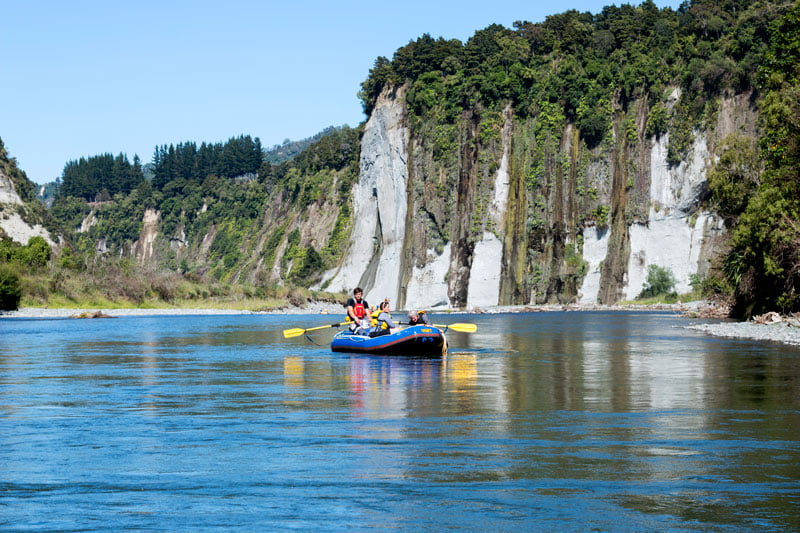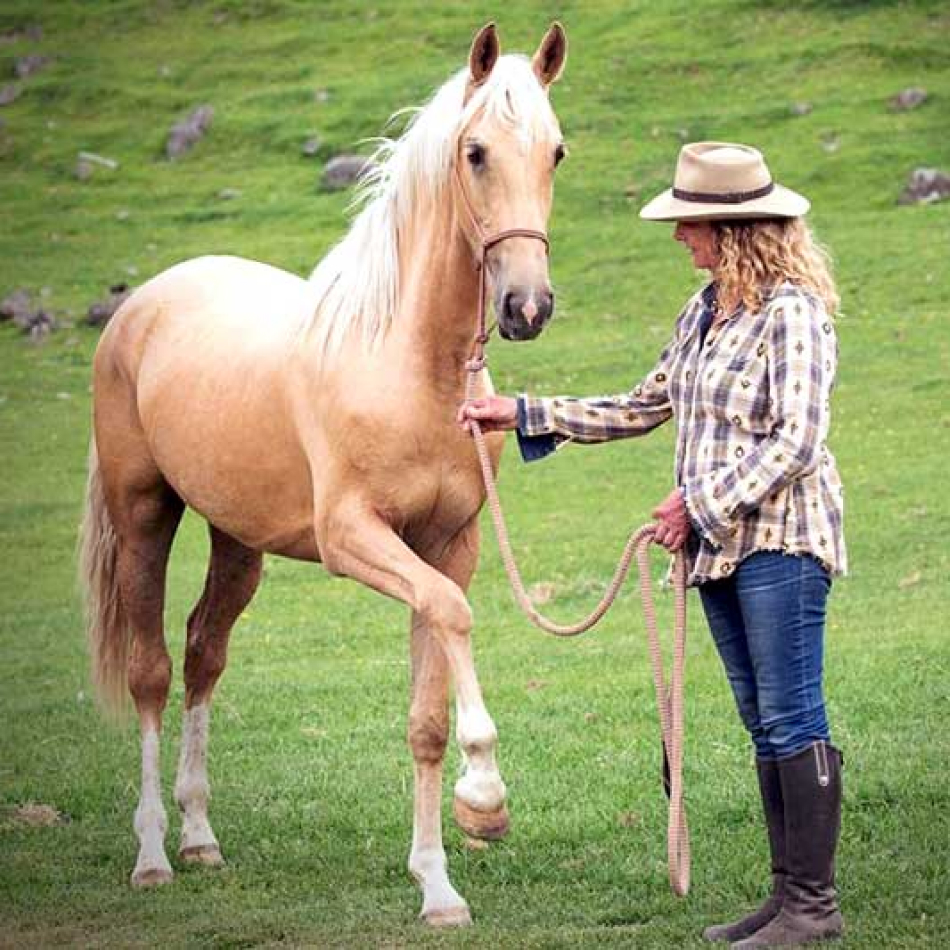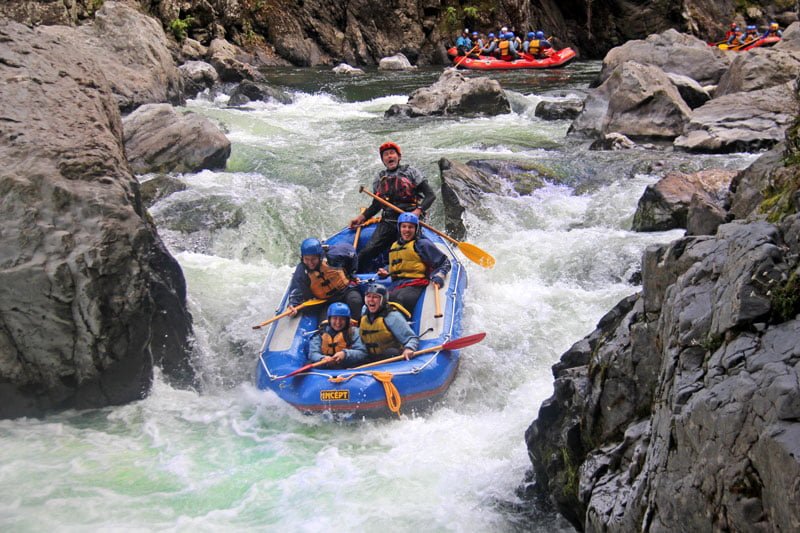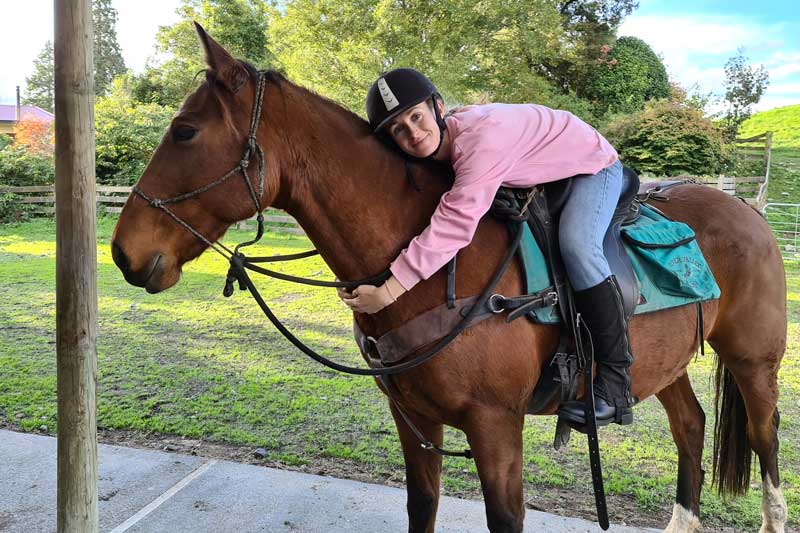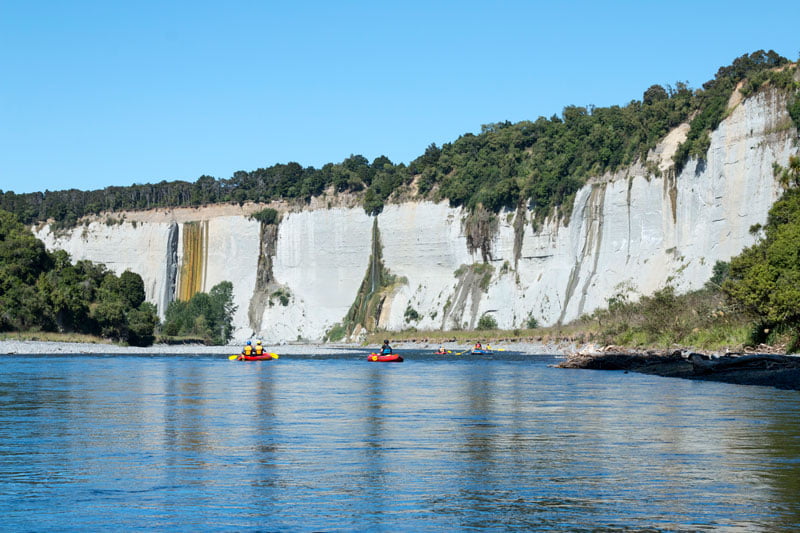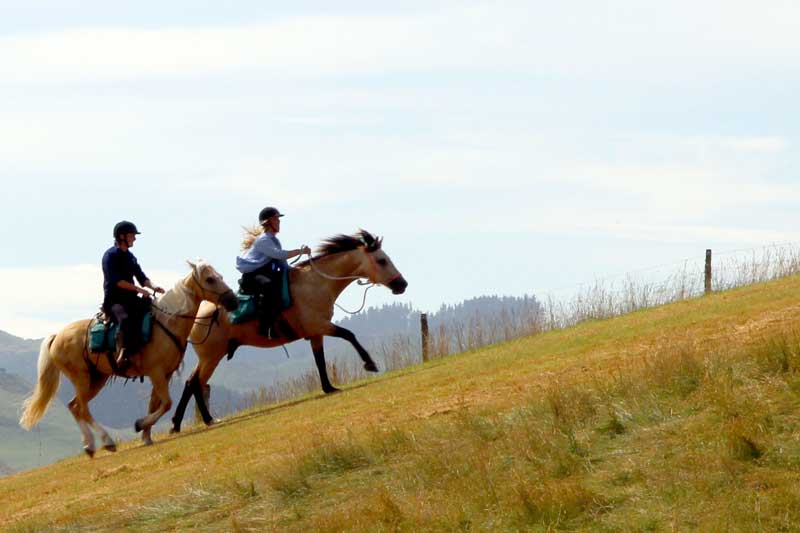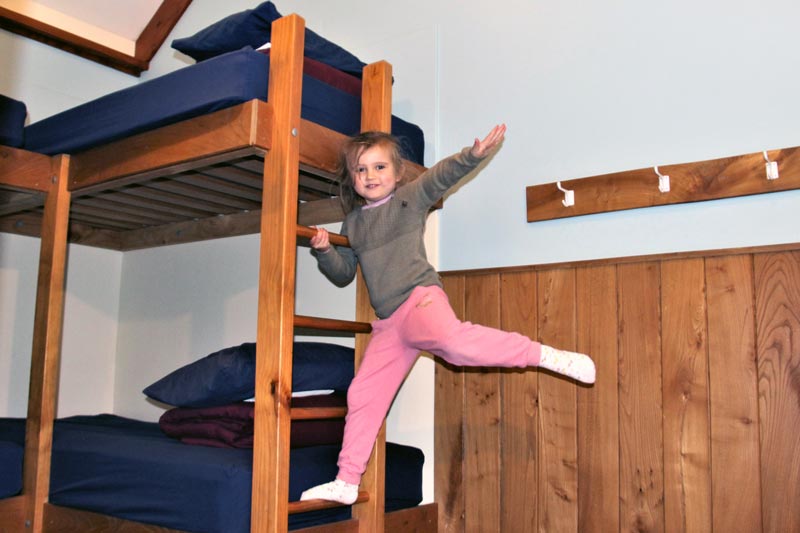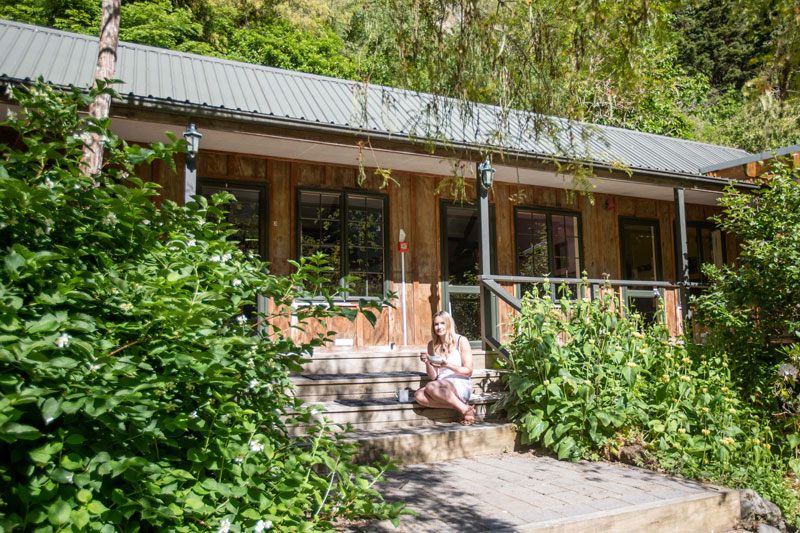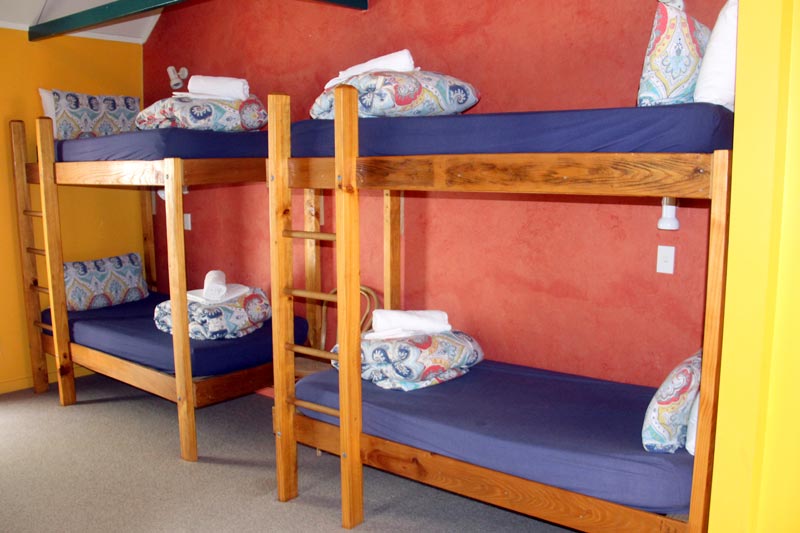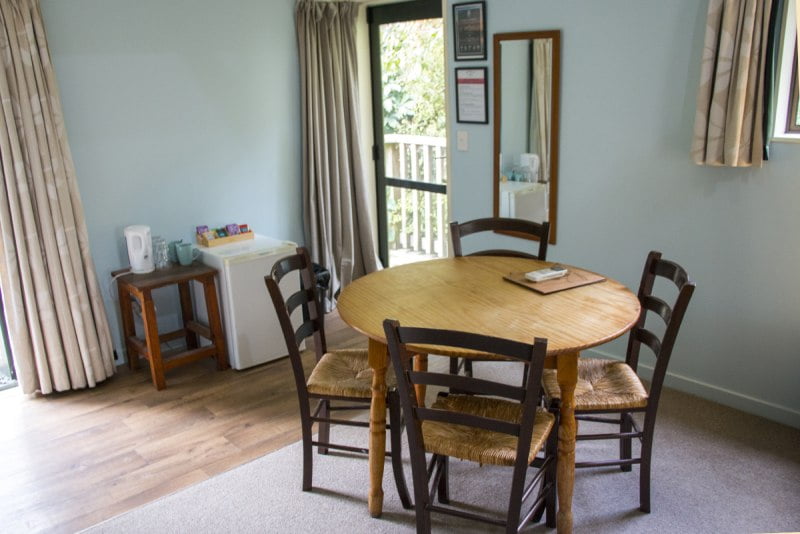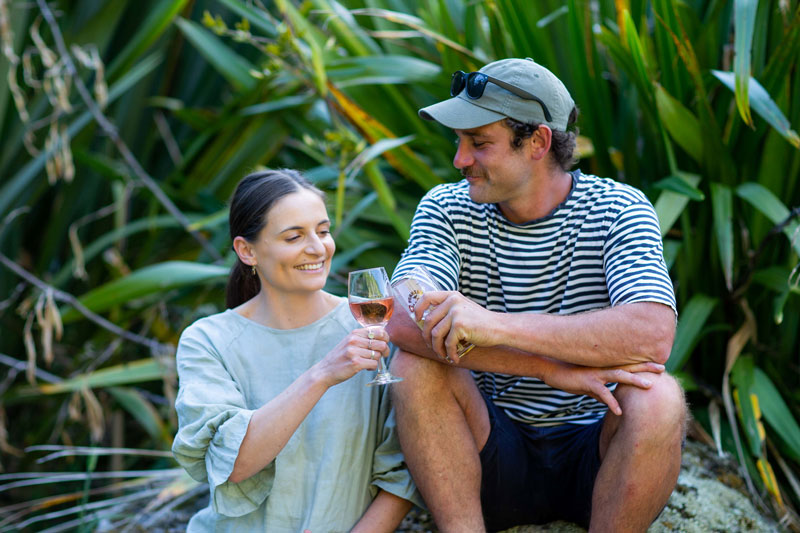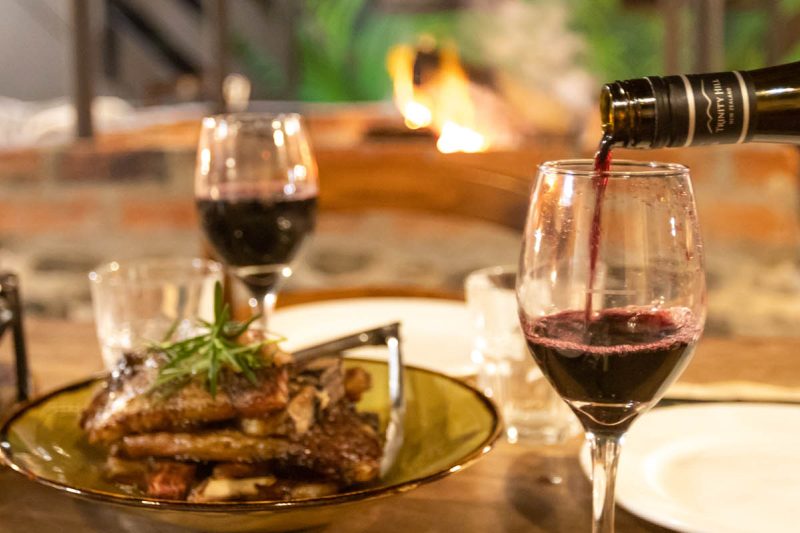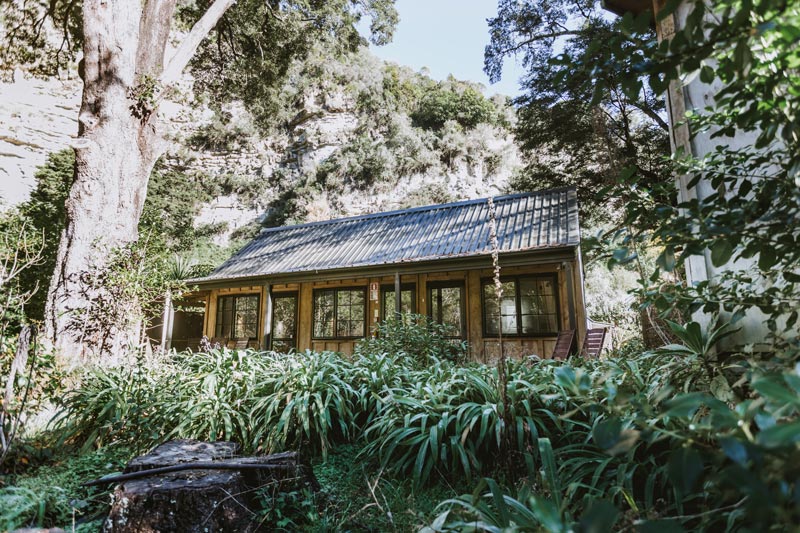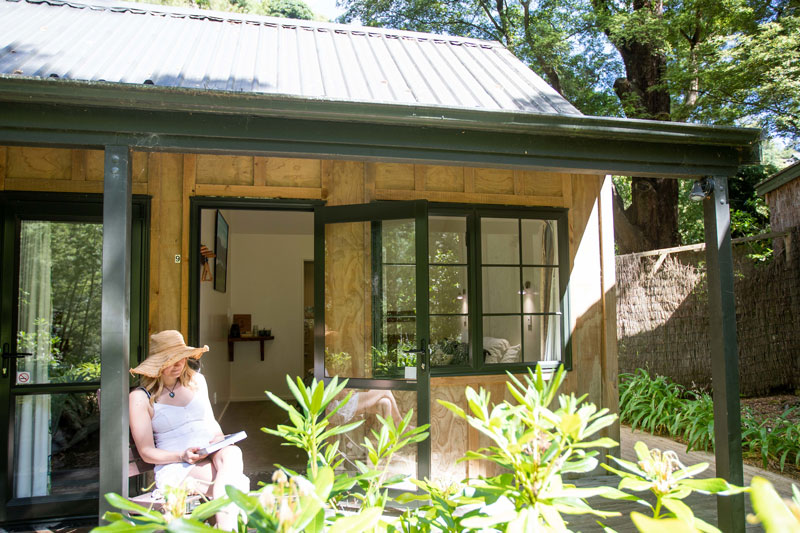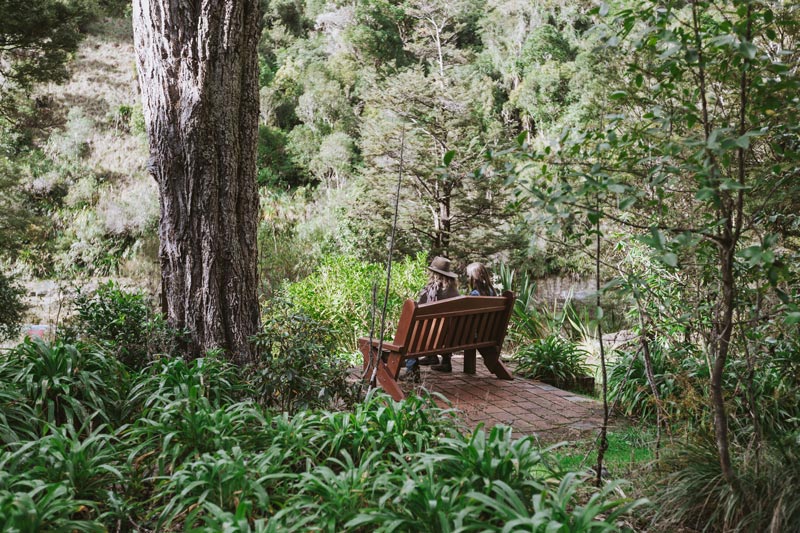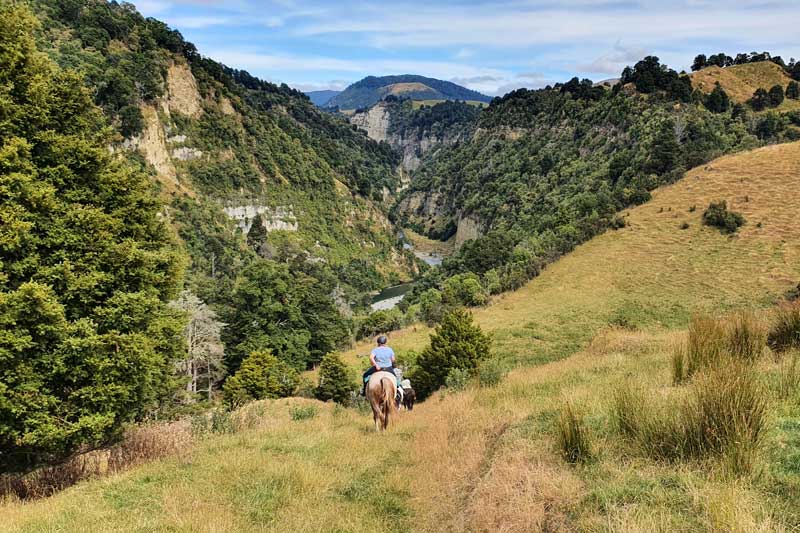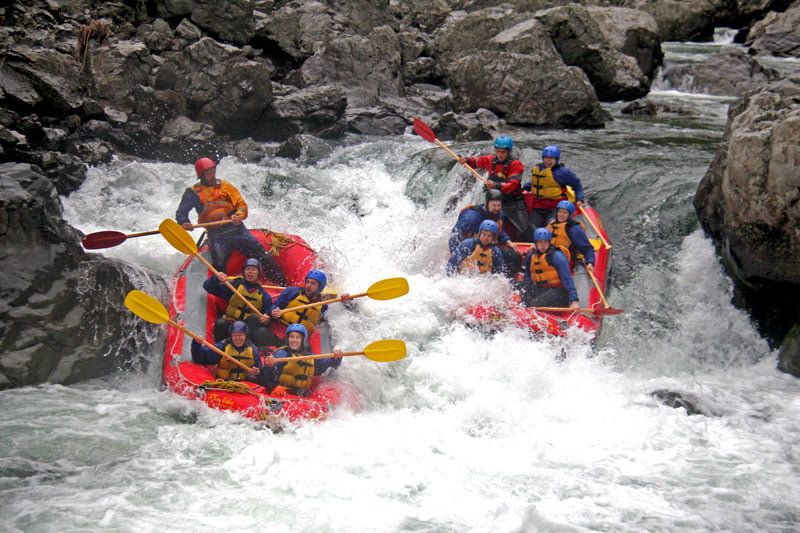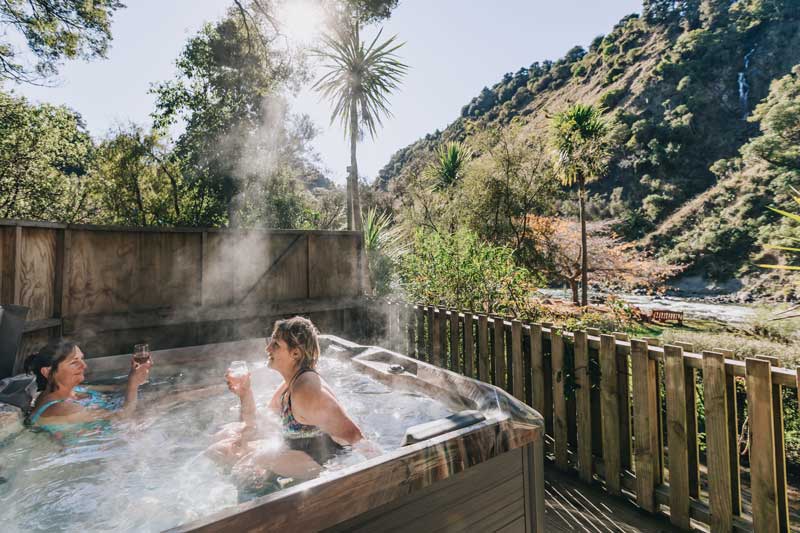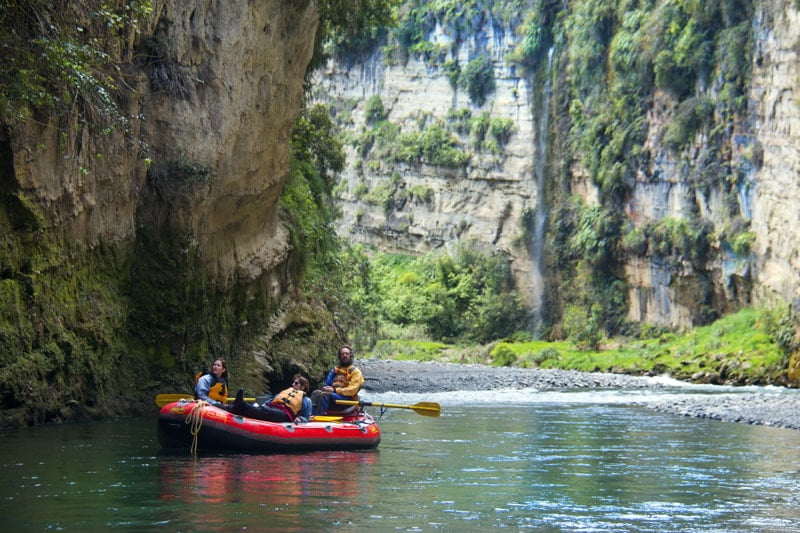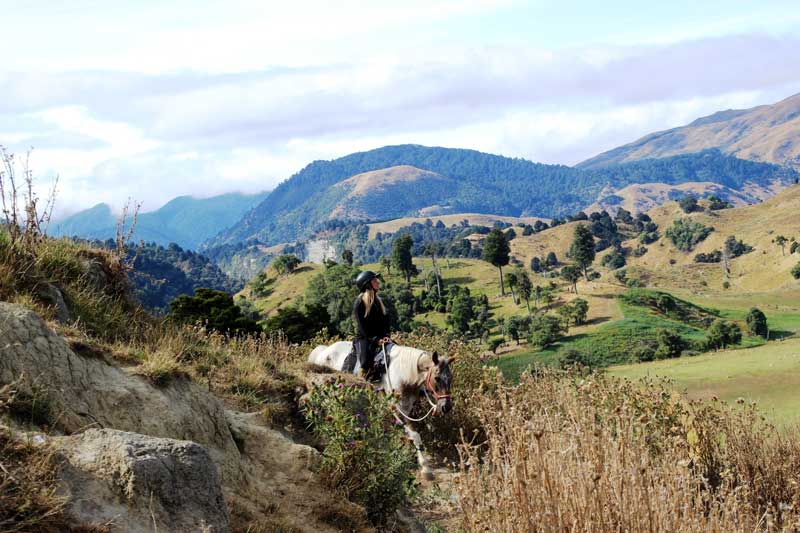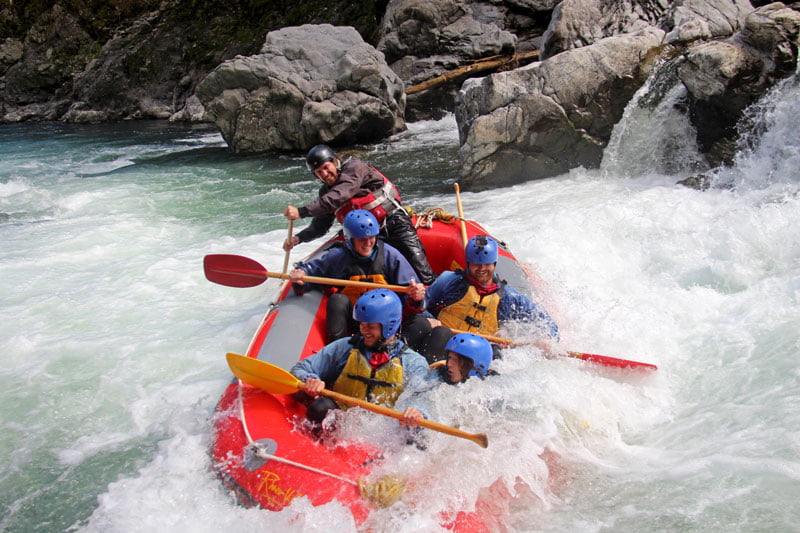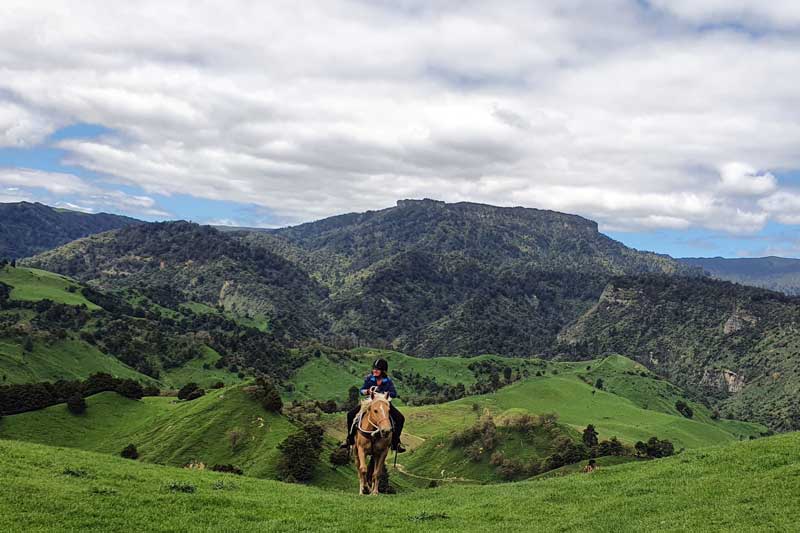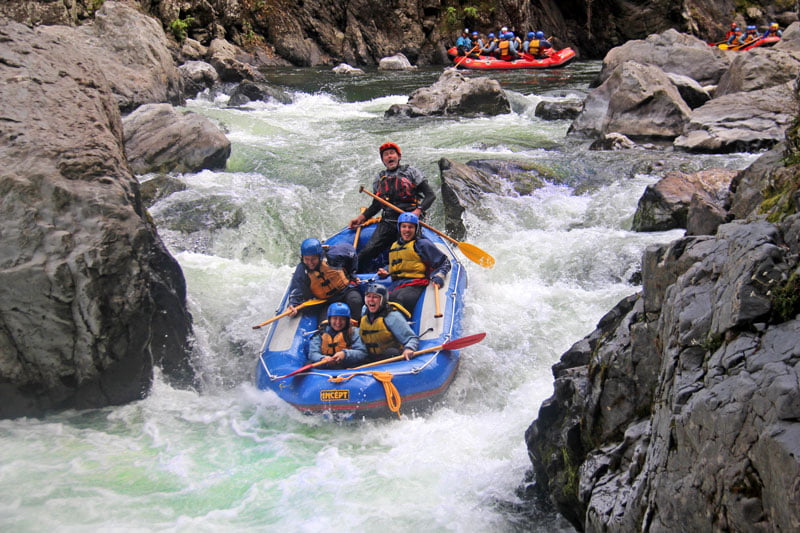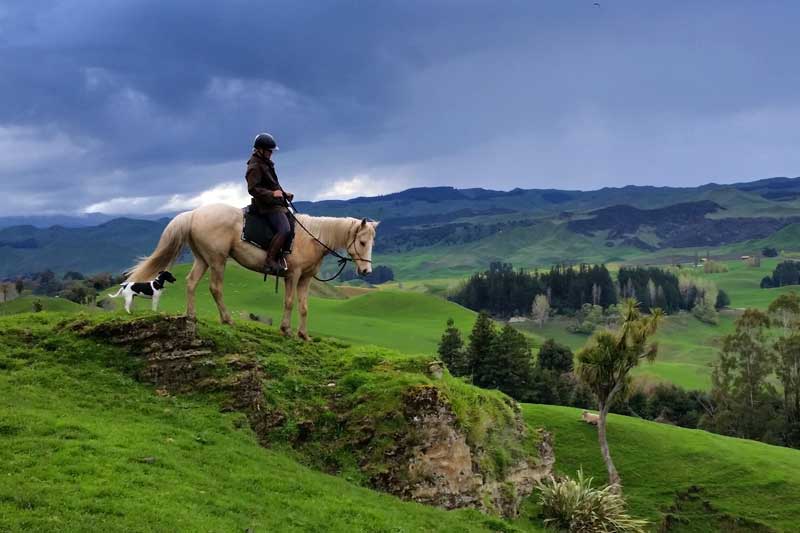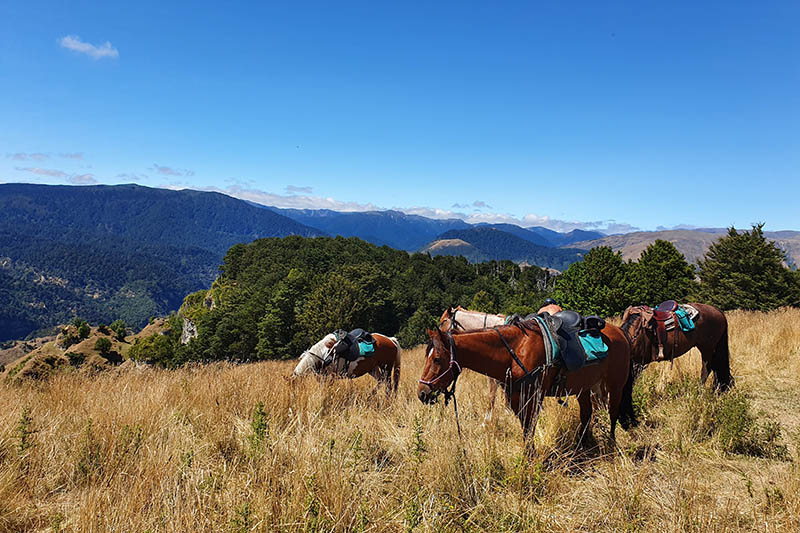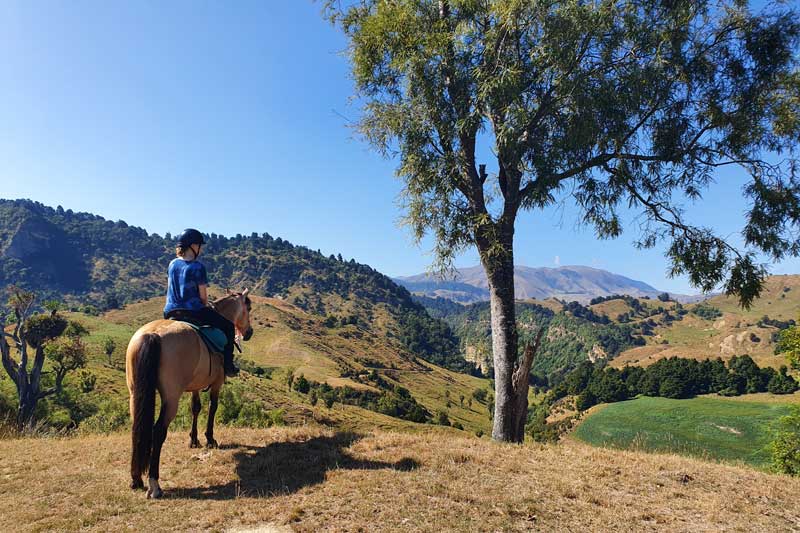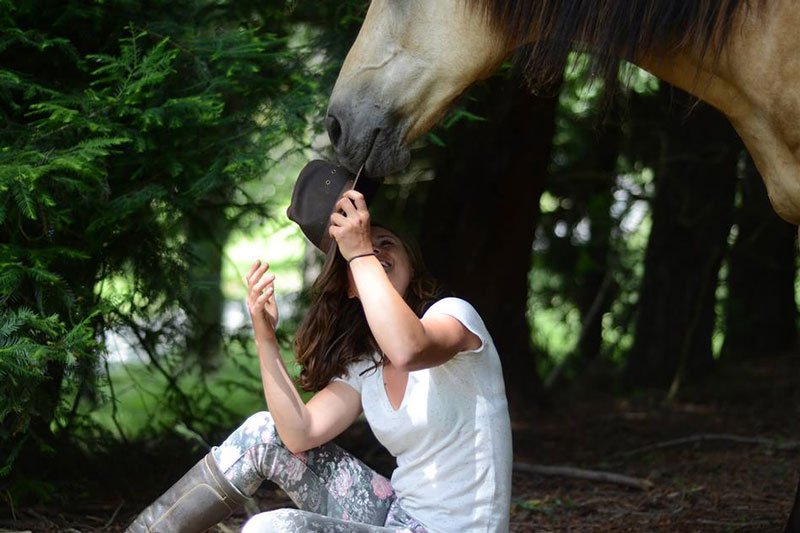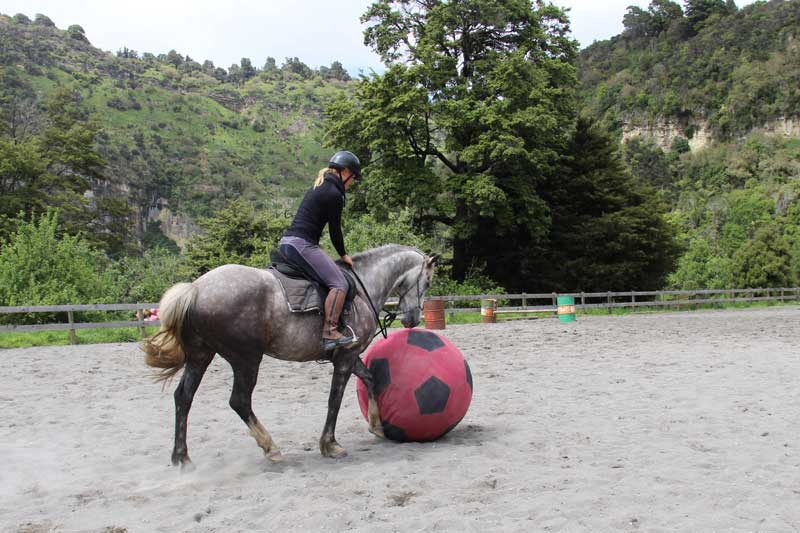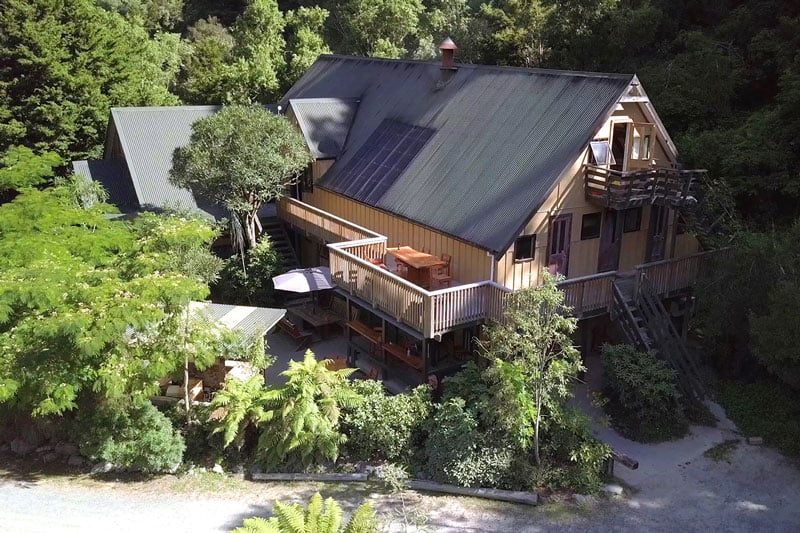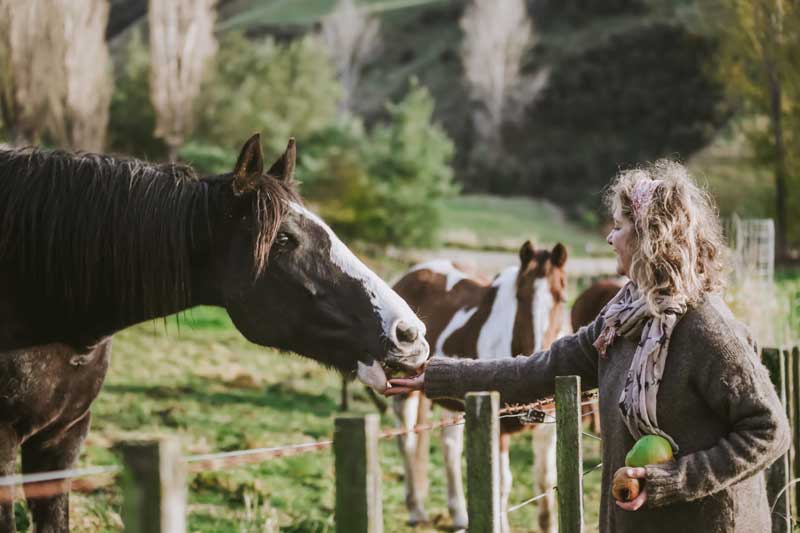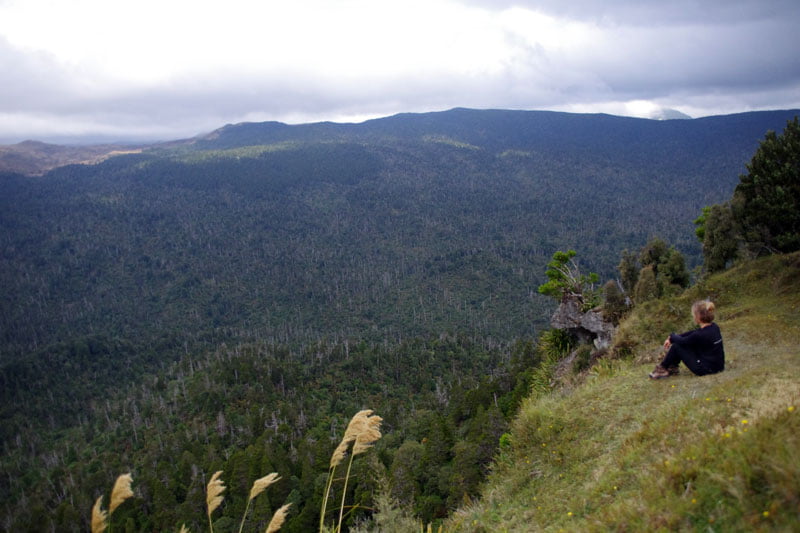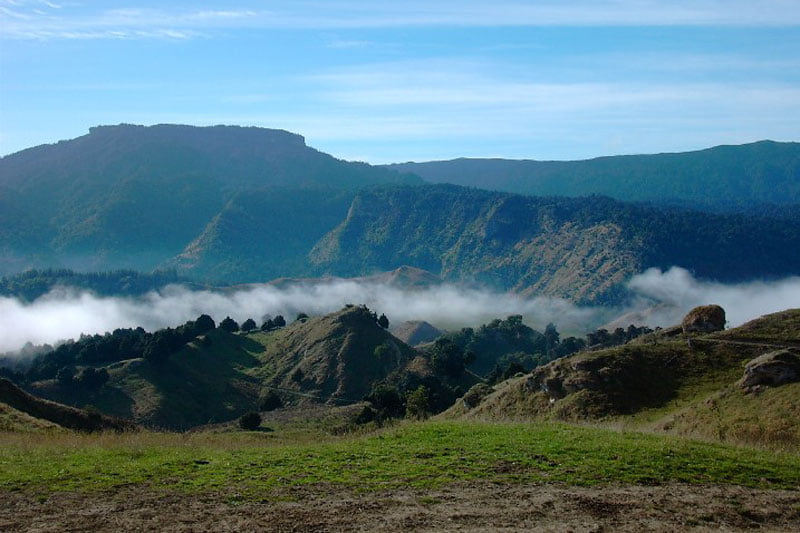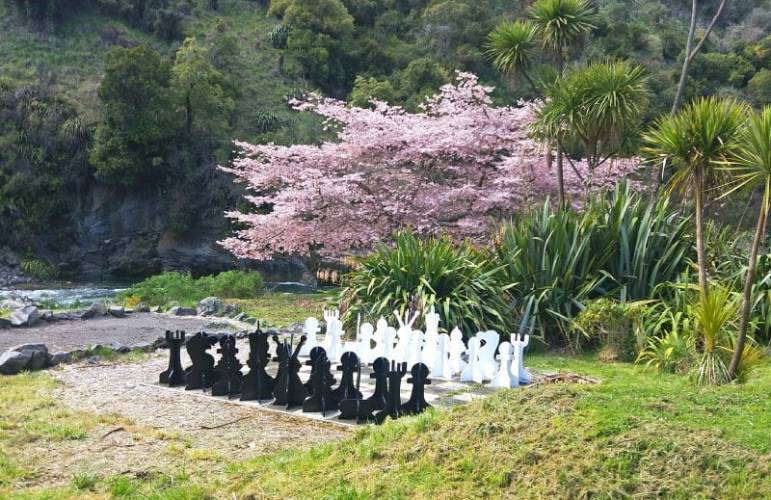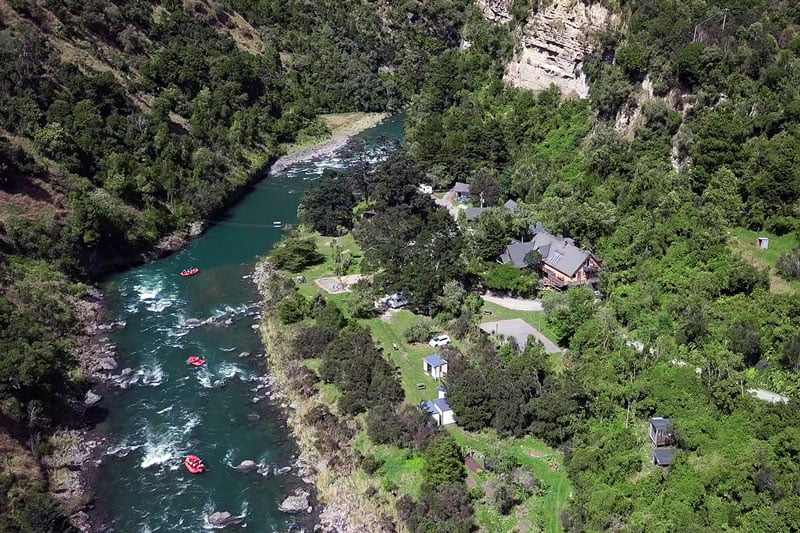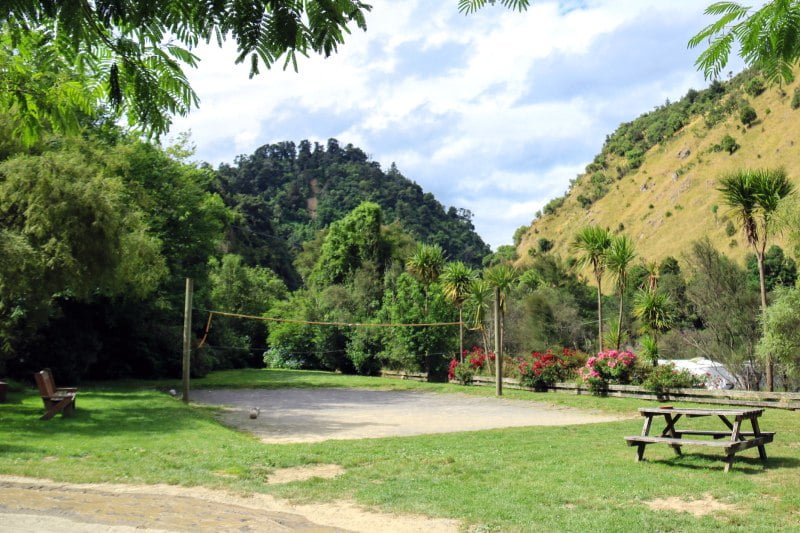Just How Dangerous Is White Water Rafting?
If you follow the media about accidents involving adventure pursuits, then at some stage you will see headlines about some fatality on a white water rafting trip. The media take on it will be full of drama and finger pointing. Does the media actually have a point? Just how dangerous is rafting?
When I started writing this article about how dangerous rafting is, I thought that it would be fairly easy to research the figures. What I did not anticipate was how difficult it was to source relevant information, and be able to compare that information to other sources and research.
While I have managed to source a good deal of information, both from within New Zealand and the USA, often the methodology has been very different. For instance, some data refers to incidents per user days, other data refers to incidents per million activity hours, while other still refers to incidents per participant.
The data I sourced was all available by researching on the internet, and included ACC figures in New Zealand, plus various studies both here and abroad.
- To get around this I worked on the following assumptions:
An “average” rafting trip would be two – three hours duration. - I have taken the figures at the higher end of injuries and accidents as being more typical due to under reporting (minor injuries In New Zealand do not have to be reported, though they must be recorded)
What Were The Results?
A Raft surfing in Pop Up Rapid in the Grade 5 section of the Rangitikei River, New Zealand
To put all the results in perspective I used a benchmark of injuries and fatalities per 100,000 people, which is the approximate number of people who go white water rafting in New Zealand each year. There is little data available on the Grade of rapid in which any incidents occurred.
Injuries of all types – the range here was from 106 to 179 injuries per 100,000 participants. Of those injuries, approximately 8 per year are deemed as being serious harm – typically some sort of fracture. Half of all injuries occurred in the raft, from paddles and the like, while half occurred outside the raft.
Fatalities – of the injuries deemed to be serious harm, on average 1 per year since the beginnings of the rafting industry in 1978 has resulted in a fatality.
To put that in perspective, that 1 per year is 30 deaths for the over 3 million people who have rafted since the beginnings of the commercial rafting industry in New Zealand.
How Do These Figures Compare To Other Countries?
To get comparative figures is close to impossible, however from some American research I managed to find, these figures would appear to be fairly typical.
In fact one American study that used distance traveled on a raft as its base unit of comparison estimated that it was up to 100 times more dangerous to travel in a car on any given distance than what it was to be on a raft. Of course another study refuted that and said that rafting on a distance covered basis was 3 times more dangerous than traveling in a car.
How Does Rafting Compare To Other Adventure Activities?
How rafting compares to other activities is very hard to pin down. The big four as far as the number of injuries reported in New Zealand are Horseback Riding, Mountain Biking, Hiking (Tramping) and Surfing.
The comparative injury rates for these activities on a 100,000 participants basis are:
- Horseback Riding – 2860 injuries
- Mountain Biking – 1480
- Surfing – 1110
- Hiking/Tramping – 760
- White Water Rafting – 179
I would not read too much into these figures however, as what we don’t know is how many hours each participant was engaged in that activity – unlike rafting where the average river trip is only 2 -3 hours. For instance, horseback riding includes commercial tours and recreational riding. Many recreational riders may ride for several hundred hours each year, but still be viewed as only one participant. The same logic applies for all the other categories.
Having Done This Research, Can I Contend That Rafting Is Safe?
I would have to say that after all my reading, and my own close on 30 years experience, that rafting is NOT safe in the sense that safe means NO likelihood of any injury or harm.
You do have a small chance of being injured on a rafting trip, about 1:558 and a 1:100,000 chance of being a fatality.
This means that for the vast majority of people, rafting is simply a great fun adventure.
Rafting not just about big white water. Here is a family having fun on an overnight trip.
How Do You Ensure You Stay Safe If Going Rafting?
There are a few simple things you can do to help keep yourself safe once you have decided on taking part in a rafting adventure.
These simple things are:
- Choose a Grade of river appropriate for your physical fitness – higher grades are generally more demanding, though you may actually do more paddling on a lower Grade River.
- Be honest with yourself about your physical limitations
- Listen carefully to your guide’s on the bank briefing and on the river instructions. Do your best to follow those instructions.
- Make sure that you wear your safety equipment, mainly helmets and life jackets, at all times while on the water, and that they are securely fastened.
The Most Fun You Can Have With Your Clothes On
Rafting is not 100% safe, and that is the way it will always be. In saying that, rafting is a fun and exhilarating adventure, which you should not miss.
Newspapers and the media love to sensationalise adventure accidents, and white water rafting is no exception. However the reality is, is that your chances of being a statistic are very small. Go ahead and have some fun white water rafting on a river.
If you are ready for an exhilarating Grade 5 trip, River Valley Rafting offers one of the best half day, grade 5 white water rafting trips in the world. On all our rafting trips we provide you with full safety equipment – helmets, life jackets and wetsuits. We believe our guides are some of the best in the business, all highly skilled and participating in regular safety, rescue and first aid training. Our guides will do everything they can to minimise risks so you can enjoy your time on the river knowing that you are in safe hands.
This blog post covers further questions about white water Rafting in New Zealand and the types of trips on offer.
About the Author:
Brian Megaw guided his first rafting trip in 1986. Over the years he has rafted in Africa, the USA, Switzerland and India, though not always as a guide. He is passionate about the white water rafting industry and can still often be found out on a river somewhere.

